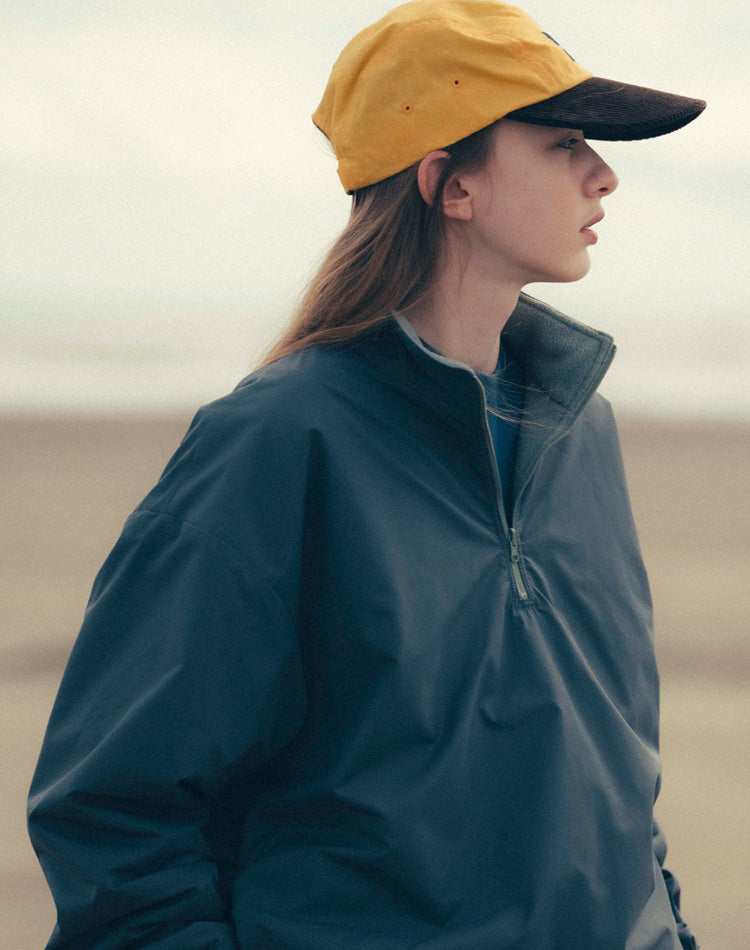FEATURE 156
VISUAL MANUAL SECOND HALFFEATURE 156
VISUAL MANUAL SECOND HALFWhat I’ve accumulated over the years is kind of latent sense of “trad” (traditional style.)
When I was little, I absorbed it naturally, and in the ‘90s, I began to internalize it through experience. Lately, I’ve started to think that once these influences are tuned and balanced for the present day, they become what you might call DESCENDANT’s own version of trad.


There are different forms of trad depending on which era and which aspects someone has lived through. A basic traditional framework gains new context when small details are added. Those details can even function as metaphors.


Understanding your own tendencies, Recognize them. It’s surprisingly important.


Choosing what to wear and what not to wear is part of a person’s style. Take him, for example, someone who plays tennis regularly and prefers clothes that allow ease of movements. For someone like that, reducing layers and keeping things simple feels just right.


On the other hand, someone like him who loves books and films who even shoots and edits his own footage might naturally layer more and more when it’s cold, in a way that reflects a certain carefree attitude toward clothing. That ease suits him.




There are also many moments when I think it’s great when women wear something. Rather than a male-centered image of women, something rooted in wishful thinking, I hope naturally, not gendered expectation, become part of DESCENDANT’s standard.
Before fleece existed, there was a fabric called beach cloth which is a cotton and wool blend once loved by workers as cold-weather workwear. By the late ‘60s, fleece took over its role, but this season, DESCENDANT revisits beach cloth by applying it to a pullover silhouette typically made from fleece, bringing the fabric into the present.


The corduroy stand-collar shirt carries a vibe reminiscent of ‘90s Bay Area Deadheads. The overdyed stand collar is to me, pure ‘90s. I remember seeing many people wearing mock necks and high necks for warmth back then.
And of course, you button every button on a peacoat.
That’s the basic maritime style we’ve observed since long ago.


Tetsu Nishiyama



